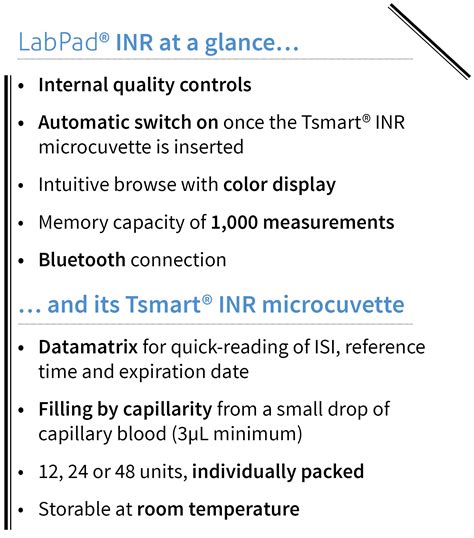Intro
Learn about the PT INR test, a blood clotting measure, and understand its significance in monitoring warfarin therapy, blood thinners, and coagulation disorders, with our comprehensive PT INR test guide.
Prothrombin time (PT) and international normalized ratio (INR) tests are essential tools in the medical field, particularly in the diagnosis and management of bleeding and clotting disorders. These tests help healthcare professionals assess the blood's ability to form clots, which is crucial in preventing excessive bleeding or thrombosis. In this article, we will delve into the world of PT and INR tests, exploring their significance, working mechanisms, and practical applications.
The PT and INR tests are commonly used to monitor patients on warfarin therapy, a blood thinner that helps prevent blood clots from forming. Warfarin works by inhibiting the production of vitamin K-dependent clotting factors in the liver, which can lead to an increased risk of bleeding. The PT test measures the time it takes for blood to clot, while the INR test calculates the ratio of the patient's PT to a normal control sample. This information is vital in adjusting warfarin dosages and minimizing the risk of adverse effects.
As we explore the intricacies of PT and INR tests, it becomes clear that these diagnostic tools play a critical role in patient care. By understanding the underlying mechanisms and applications of these tests, healthcare professionals can provide more effective treatment and improve patient outcomes. In the following sections, we will discuss the benefits, working mechanisms, and practical applications of PT and INR tests in greater detail.
Introduction to PT and INR Tests

Benefits of PT and INR Tests
The benefits of PT and INR tests are numerous, including: * Improved patient outcomes: By monitoring blood clotting and adjusting warfarin dosages, healthcare professionals can reduce the risk of bleeding and thrombosis. * Enhanced patient safety: PT and INR tests help identify patients who are at risk of adverse effects, allowing for prompt intervention and minimizing the risk of complications. * Personalized treatment: PT and INR tests enable healthcare professionals to tailor treatment to individual patients, taking into account their unique needs and medical histories.Working Mechanisms of PT and INR Tests

Steps Involved in PT and INR Tests
The steps involved in PT and INR tests include: 1. Blood sample collection: A blood sample is collected from the patient, typically from a vein in the arm. 2. PT test: The blood sample is mixed with a substance that activates the clotting process, and the time it takes for the blood to clot is measured. 3. INR calculation: The patient's PT is compared to a normal control sample, and the INR is calculated using a standardized formula. 4. Results interpretation: The results of the PT and INR tests are interpreted, and the patient's warfarin dosage is adjusted accordingly.Practical Applications of PT and INR Tests

Statistical Data and Examples
Statistical data and examples illustrate the importance of PT and INR tests in patient care. For instance: * A study published in the Journal of Thrombosis and Haemostasis found that PT and INR tests helped reduce the risk of bleeding and thrombosis in patients on warfarin therapy. * A case study published in the American Journal of Medicine highlighted the importance of PT and INR tests in diagnosing and managing bleeding and clotting disorders.Challenges and Limitations of PT and INR Tests

Future Directions and Emerging Trends
The future of PT and INR tests is exciting, with emerging trends and technologies aimed at improving test accuracy and accessibility. Some of these trends include: * Point-of-care testing: Point-of-care testing devices are being developed to enable rapid and accurate PT and INR testing in clinical settings. * Genetic testing: Genetic testing is being explored as a means of predicting warfarin responsiveness and optimizing dosing.Conclusion and Final Thoughts

We invite you to share your thoughts and experiences with PT and INR tests in the comments section below. Have you or a loved one undergone PT or INR testing? What were your experiences, and how have these tests impacted your care? Your feedback and insights are invaluable in helping us better understand the complexities of PT and INR testing.
What is the purpose of PT and INR tests?
+PT and INR tests are used to monitor patients on warfarin therapy and adjust dosages to achieve optimal anticoagulation.
How are PT and INR tests performed?
+PT and INR tests involve collecting a blood sample, mixing it with a substance that activates the clotting process, and measuring the time it takes for the blood to clot.
What are the benefits of PT and INR tests?
+The benefits of PT and INR tests include improved patient outcomes, enhanced patient safety, and personalized treatment.
